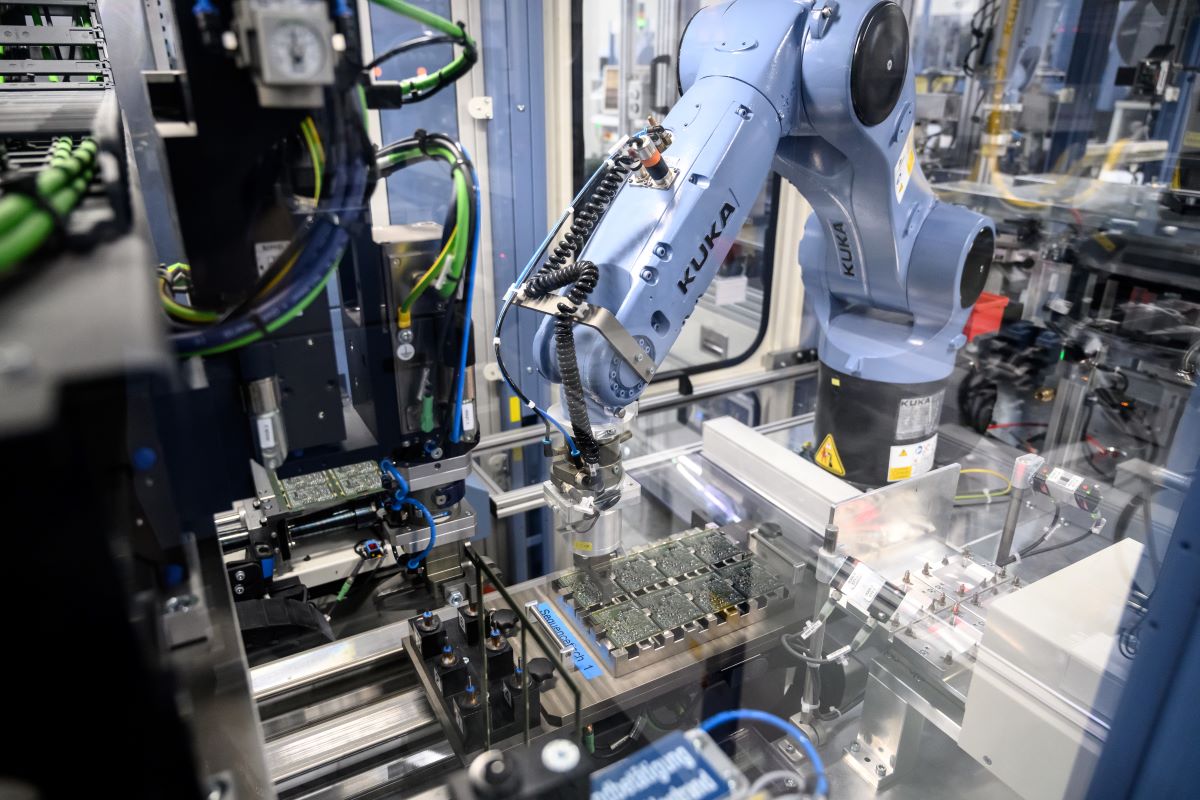Why is an MES needed for successful smart manufacturing?

Last blog in our 12-part series covering the Digital Twin Best Practices in Electronics Manufacturing mini-webinar series by Jay Gorajia
A common question we hear from electronics manufacturers is related to the efficiency level of their operation: How can we stay competitive by reducing costs, improving product quality, and speeding up the pace of innovation?
In reply, we ask them: Are they utilizing a Manufacturing Execution System, or MES, in their “smart manufacturing” operation? And if they are, does their MES connect multiple plants, sites and vendors in the supply chain? Does it integrate seamlessly with their equipment, controllers and enterprise business applications? And how well is their MES integrated with their “point” solutions – such as their production lines, materials management system, and analytics software?
In general, the MES serves as a gateway that facilitates communications between shop-floor equipment and enterprise-level systems, while keeping them in sync. As a result, organizations benefit from reduced complexity, and a seamless flow of manufacturing data between the systems.
In the last session of our series of 12 mini-webinars on Implementing “Digital Twin” Best Practices From Design Through Manufacturing, we provide guidelines for adoption and integration of MESs into the production environment, and show how a well-integrated system helps manufacturers achieve the goals of reduced cost, improved product quality, and accelerated innovation.
Takeaways from the webinar session:
- Learn about the benefits to be gained using an MES that provides out-of-the-box connectivity to point solutions, providing complete visibility of the manufacturing process, and end-to-end control of the process across the enterprise.
- How to deploy the MES for maximum interoperability in the framework of an enterprise-wide systems architecture and information network, in order to promote collaboration and provide quick return on investment.
- How the tools in Opcenter Execution Electronics suite assist in automating and optimizing day-to-day activities, such as scheduling, planning material flows, data acquisition, performance monitoring, and analytics.
Watch the 5-minute webinar – Last in this series!
